
State-of-the ART R&D
Our advanced R&D facilities help provide cutting-edge and innovative technology solutions to farmers across the globe.
We are driven by a vision to continuously innovate the future of farm production. We offer advanced and end to end farm mechanization solutions through a portfolio of global brands that cater to the customized needs of the farmers around the world.

Our advanced R&D facilities help provide cutting-edge and innovative technology solutions to farmers across the globe.
With robust manufacturing facilities across 8 countries around the globe, we raise the bar on excellence in quantity and quality every year.
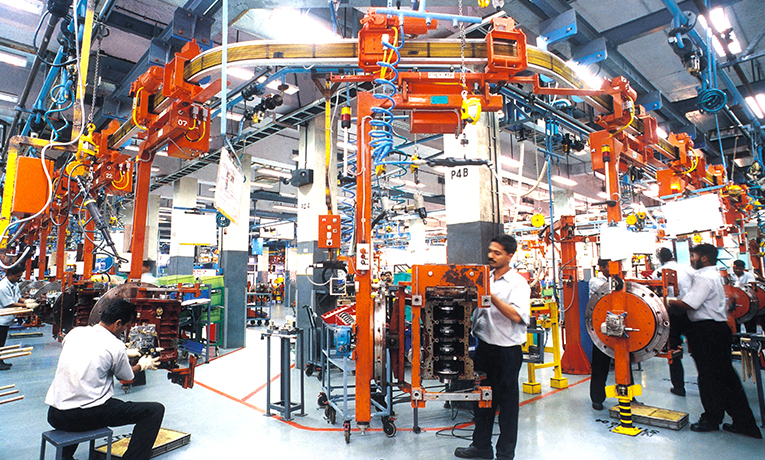
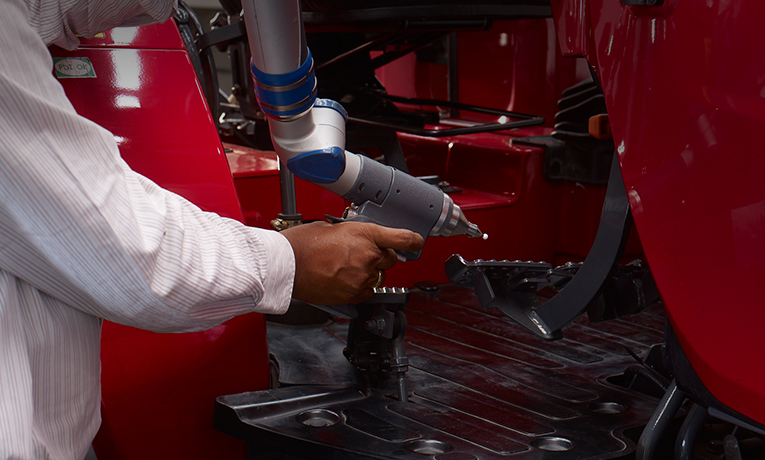
At the forefront of Mahindra is it’s dedication to quality. We are the world’s first and only tractor manufacturer to win the prestigious Japan Quality Medal and Deming Application Prize.
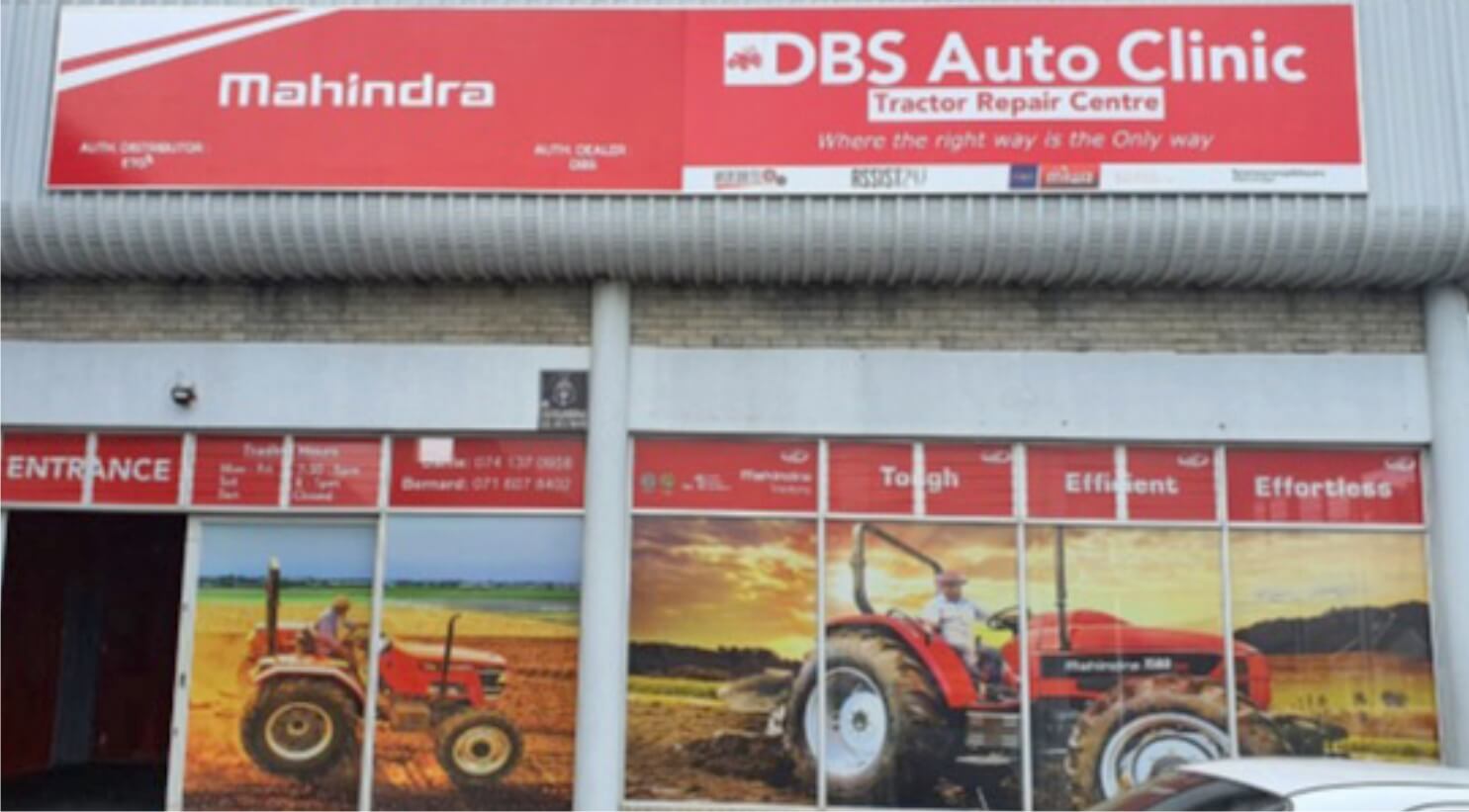
Mahindra is making fast strides in South Africa to widen its reach and penetrate deeper into the farm equipment market.
Read More
After grappling with the adverse effects of a spate of natural calamities like drought, flood and bushfires,
Read More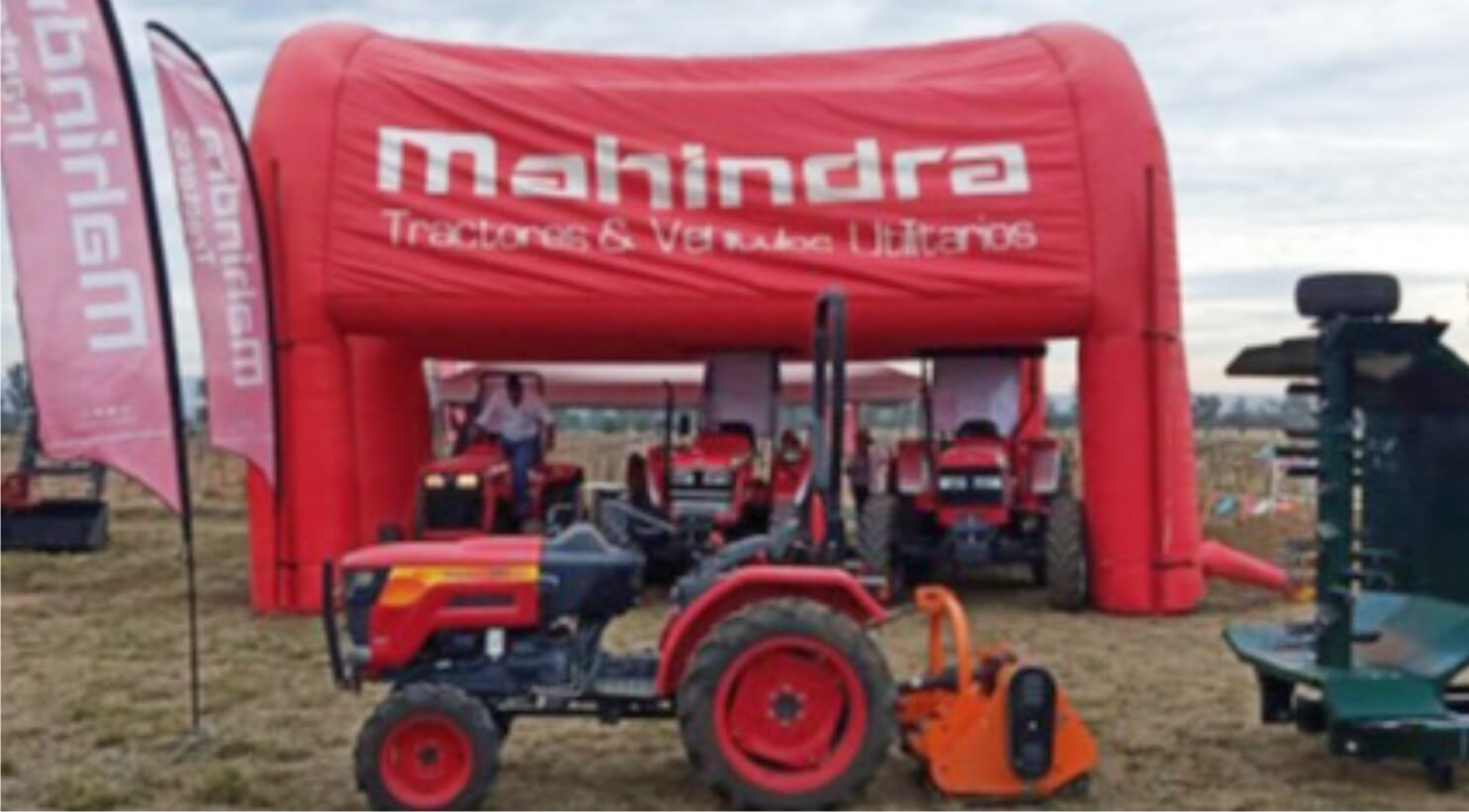
An engaging presence at trade shows is a proven way to reach out to more members of the farming community. By being part of two expos during February,
Read More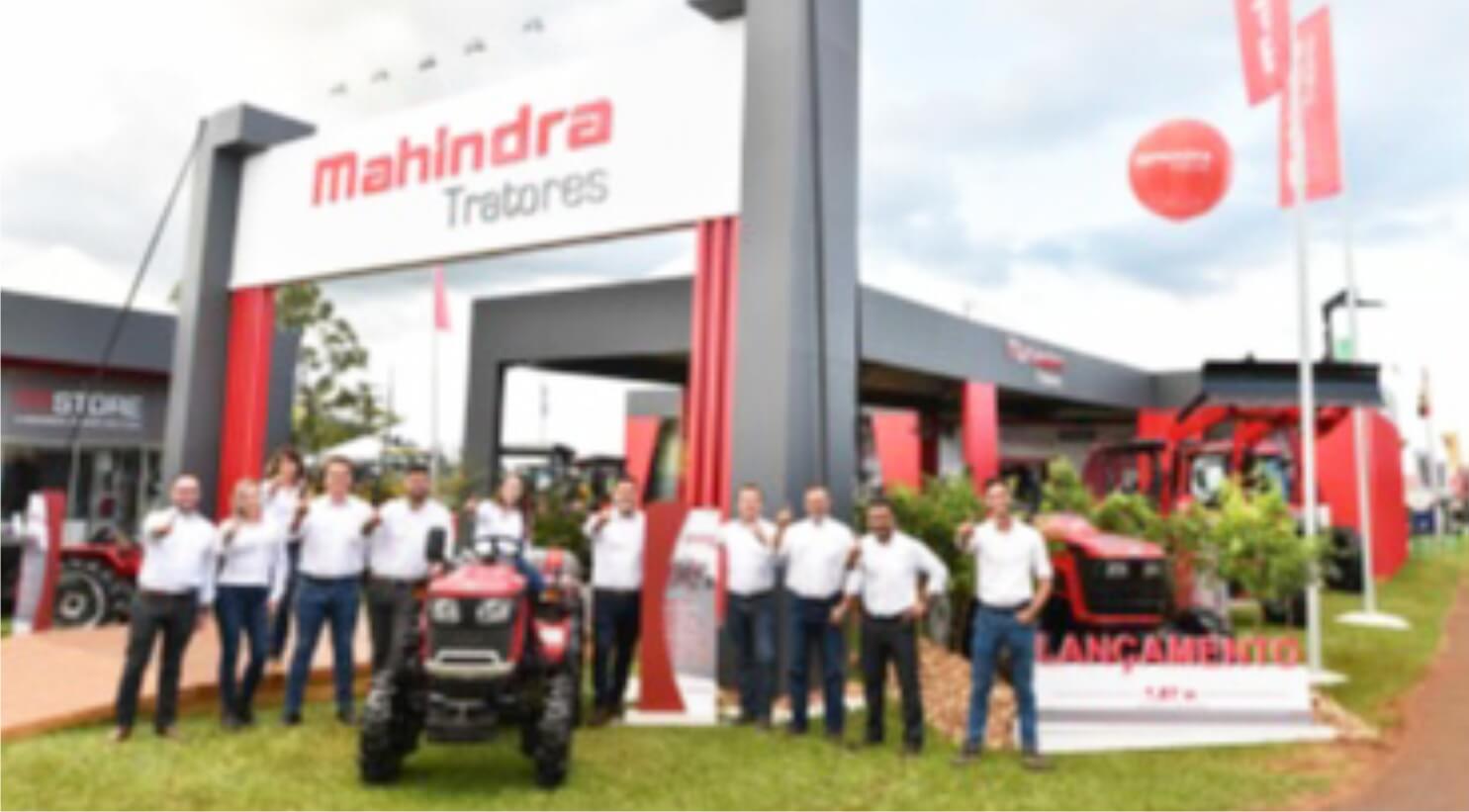
Mahindra made a high impact from the beginning of 2020 by being part of three important agribusiness events in Brazil
Read More
Having a training ground plays a vital part in staying smarter and sharper than the competition. Mahindra Ag North America stands by that fact
Read More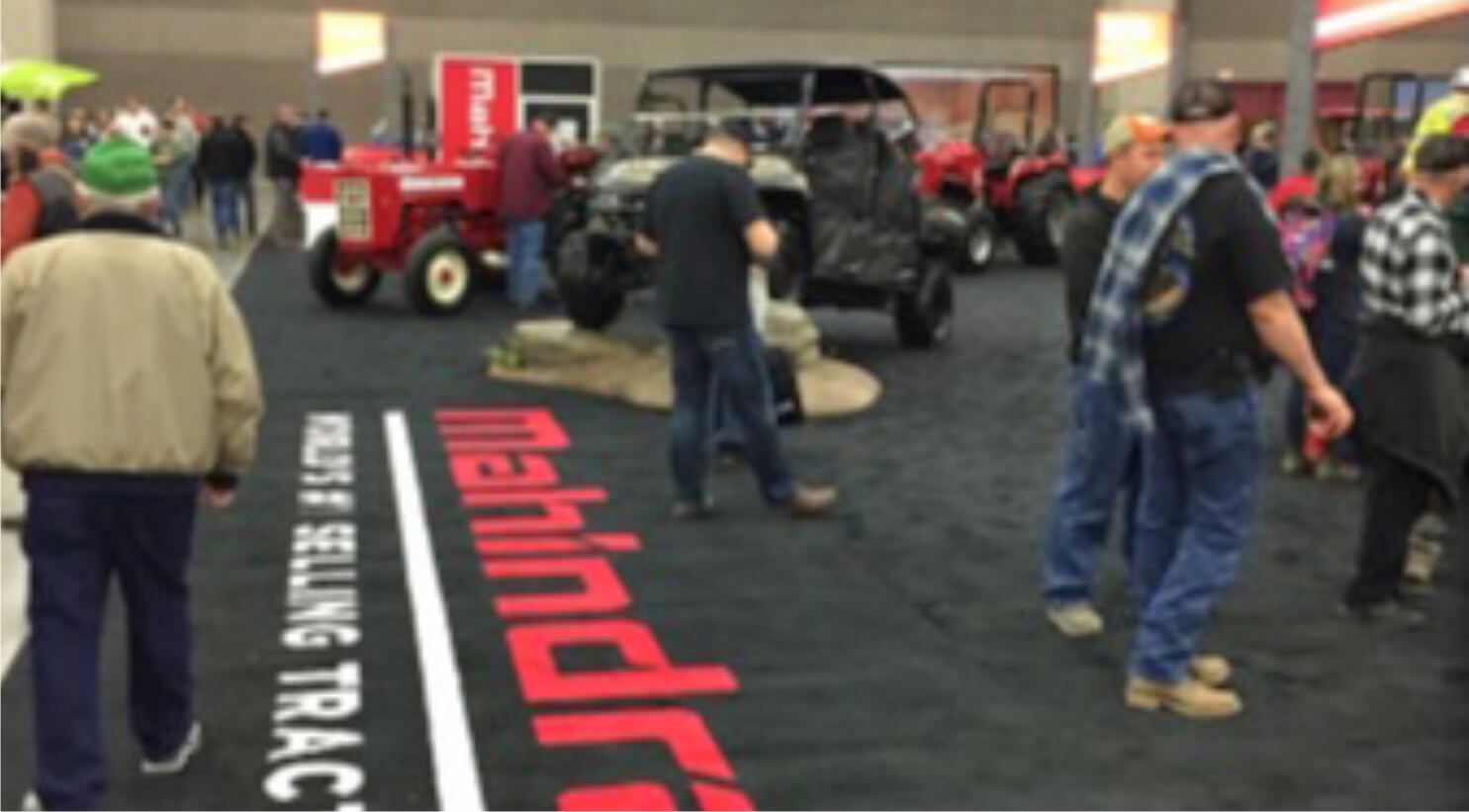
Important trade events offer the best platform to reinforce the brand’s might. Mahindra Ag North America made the most of the two biggest opportunities that February had to offer
Read More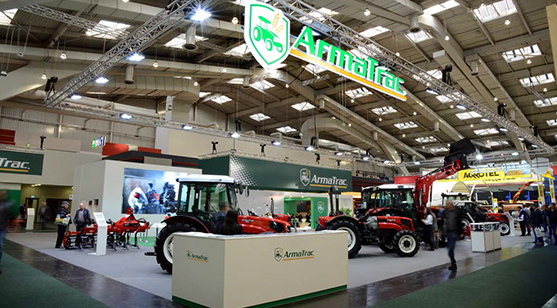
The biggest stage undoubtedly makes for the best launch pad. To introduce the world to its new tractors, ArmaTrac chose Agritechnica 2019,
Read More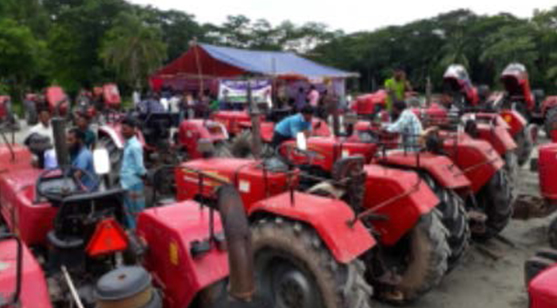
In a move to reach out to farmers and make the maintenance of their tractors easy, a mega service camp was organised by Mahindra’s farm
Read More
Success that exceeds expectations is the best ever. Mahindra had the best show in Expointer as it surpassed its
Read More
In a first, the prestigious G20 Summit (Summit on Financial Market and World Economy) was hosted by Japan in Osaka in June 2019
Read More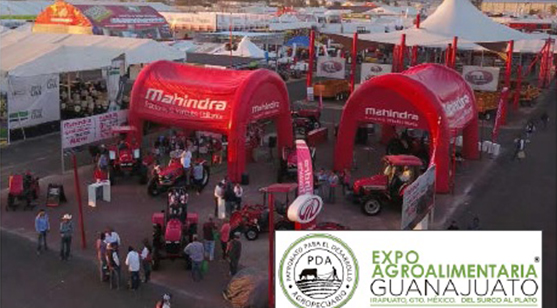
Being at a place where it matters makes all the difference. Mahindra Mexico participatedin Expo Agroalimentaria,
Read More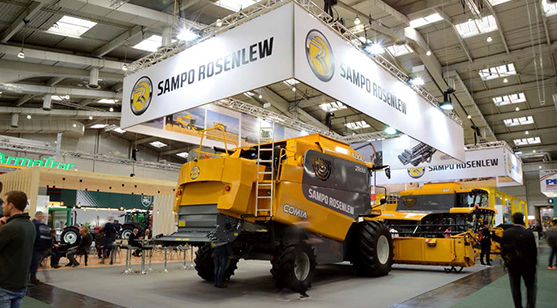
Sampo Rosenlew presented its first ever hybrid double rotary combine harvesters at Agritechinca 2019.
Read More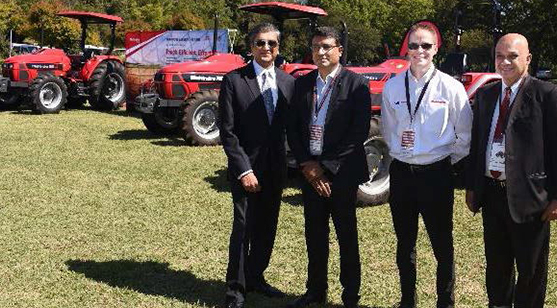
Mahindra’s visionary move increased its footprint in South Africa. After 15 successful years in thecountry,
Read More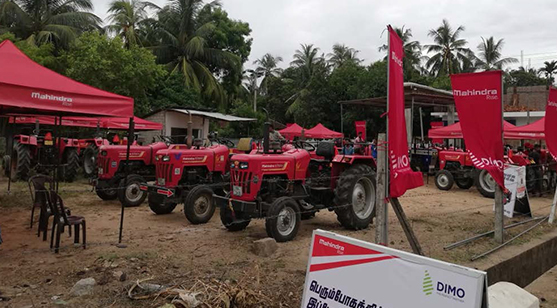
DIMO cares, for the farmers and the tractors. It was evident in the fact that the company rolled out a massive, island wide service camp,
Read More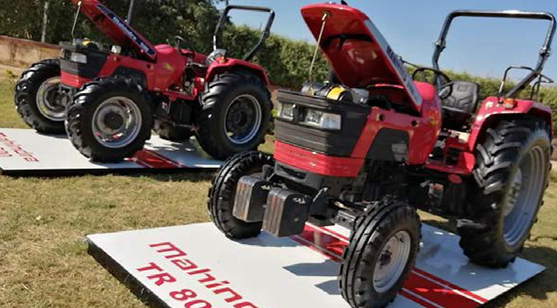
Mahindra made its way into the lives of Sudanese farmers with the grand launch of its tractor range on 10th and 11th December 2019.
Read More